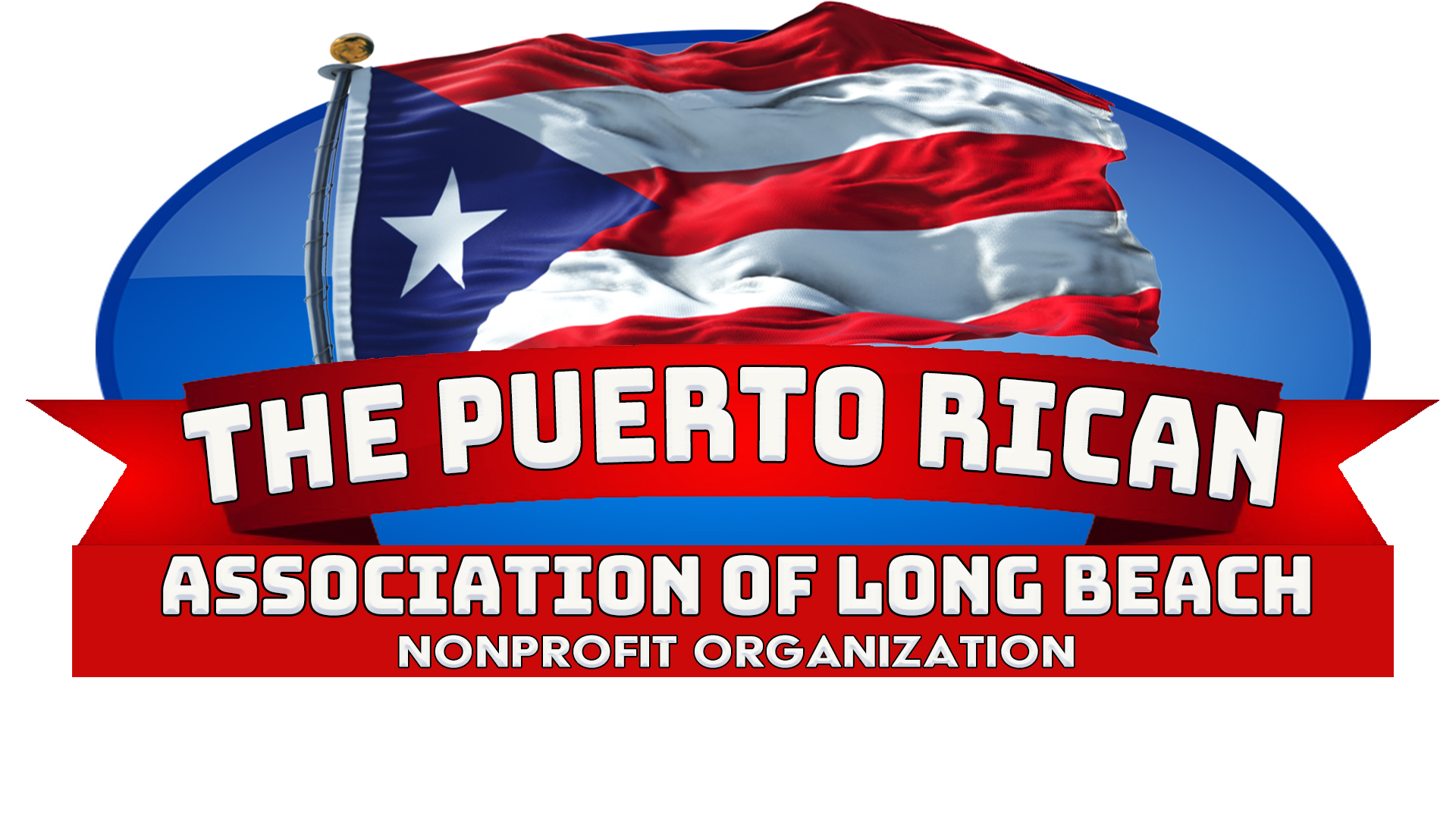Puerto Rican Dance
Puerto Rican dance is a powerful cultural mosaic, a vibrant tapestry woven from indigenous, European, and African threads. It is a testament to the island’s ability to absorb, adapt, and transform diverse influences into something uniquely its own. From the sacred rhythms of bomba to the storytelling steps of plena and the elegant turns of the danza, Puerto Rican dance continues to be a vital expression of identity, a celebration of heritage, and a rhythmic heartbeat that resonates with the soul of the island.

Bomba
Bomba, originating from the sugar cane plantations, is more than just a dance; it’s a dialogue between dancer and drummer. The dancer’s movements dictate the drum’s rhythm, creating an improvised conversation that is both intimate and explosive. Each step, gesture, and skirt swirl (for women) is a direct response to the primo or subidor drum, allowing for profound personal expression within a communal framework. Different bomba rhythms, such as sicá, cuembé, and yubá, each carry their own distinct feel and movement vocabulary, reflecting the diverse African ethnic groups brought to the island.
Plena
Plena, often called “the sung newspaper,” emerged in the early 20th century in the coastal towns, particularly Ponce. Unlike bomba‘s improvisational nature, plena is characterized by its narrative lyrics, which recount everyday life, social commentary, and historical events. The dance is more straightforward, often a lively shuffle or march, allowing the focus to remain on the storytelling. Accompanied by panderetas (hand drums), güiro, and sometimes accordion or guitar, plena became the voice of the common people, a vibrant and accessible form of musical and dance expression.
